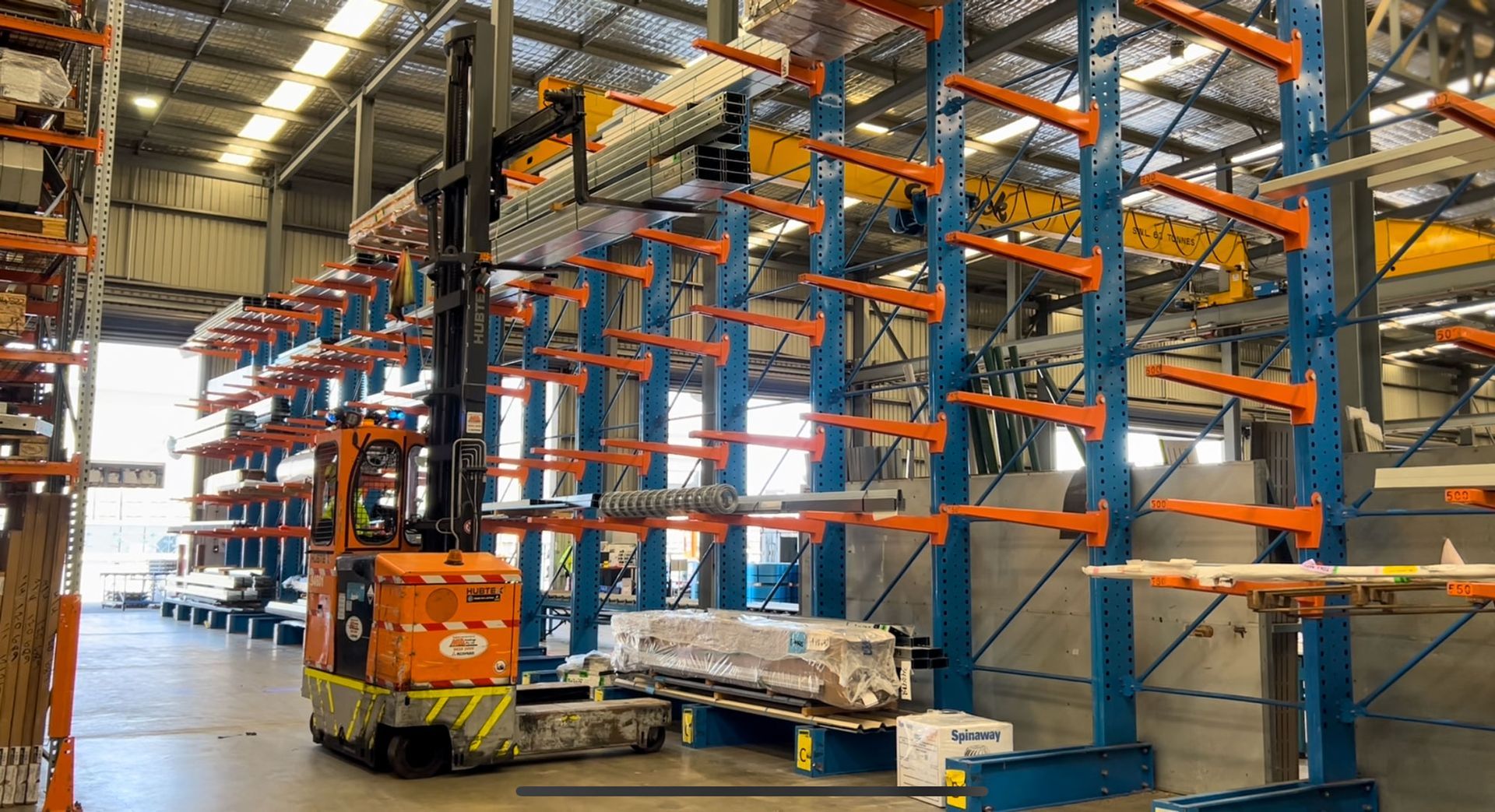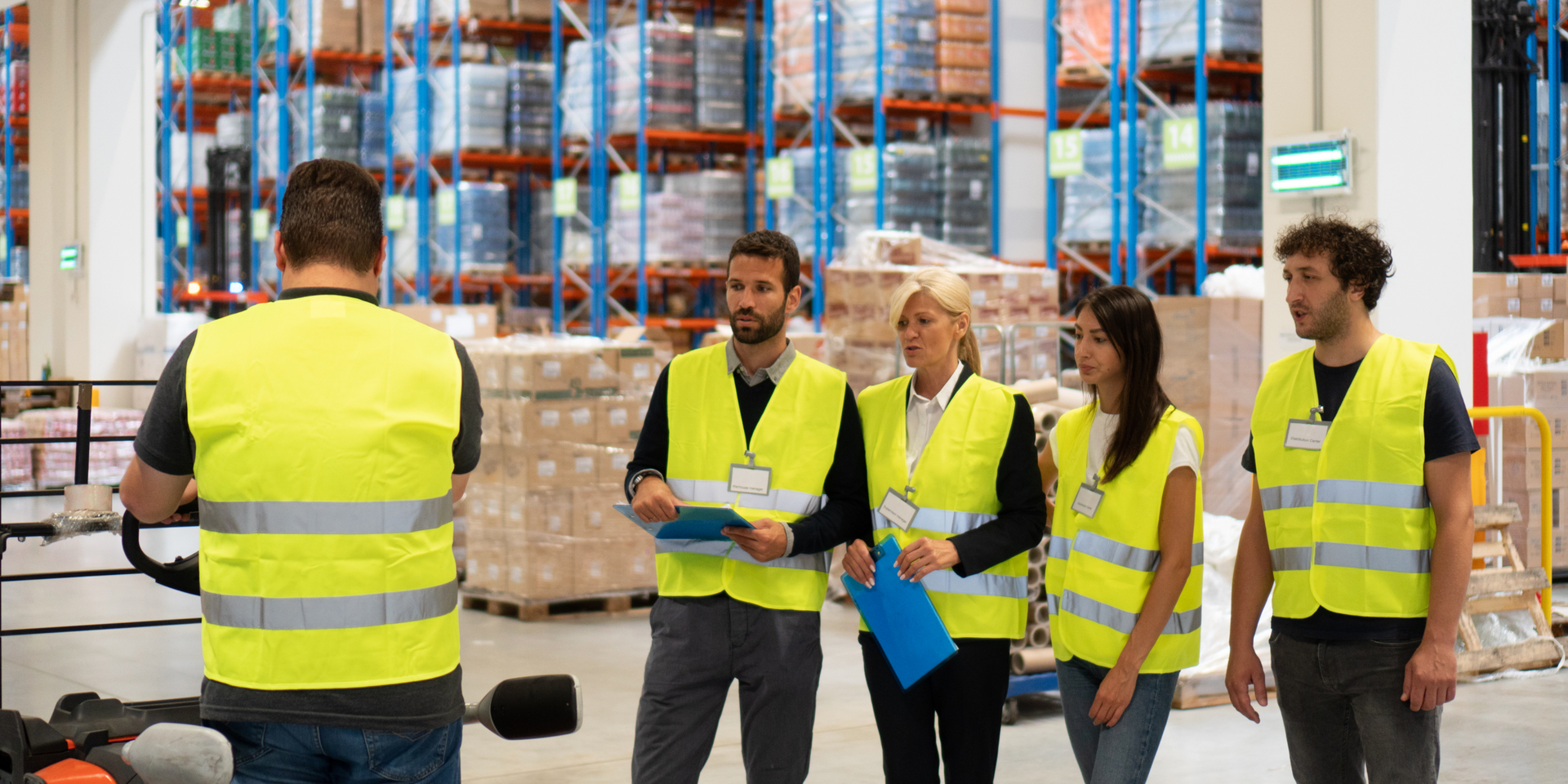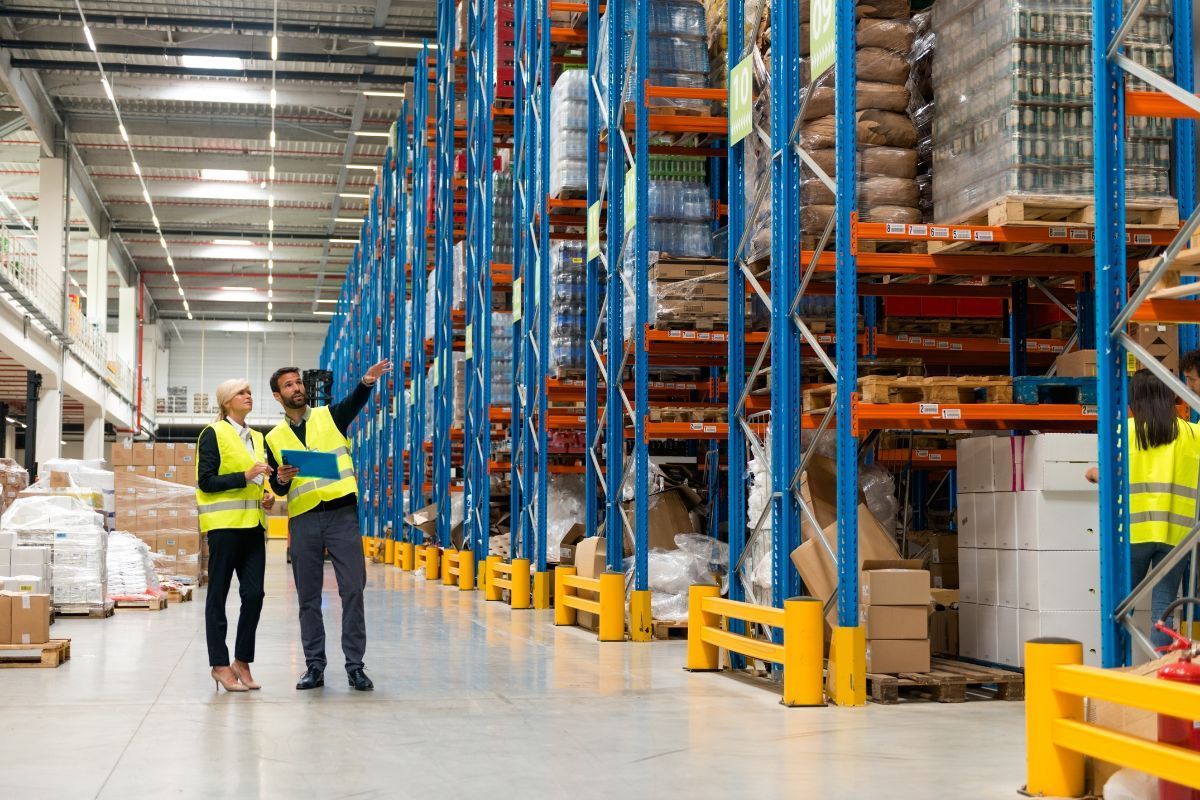10 Common Forklift Hazards and How to Prevent Them
Forklifts are powerful tools in any warehouse or manufacturing operation, but with great power comes the need for great responsibility and a focus on forklift safety. Unmanaged hazards can lead to accidents, injuries, and costly damage. Here’s a list of common forklift hazards and practical measures to prevent them.
1. Improper Operation
Forklifts are often mishandled, leading to accidents like tip-overs, collisions, or load drops. Speeding, sharp cornering, and using the forklift for tasks it’s not designed for can all lead to serious incidents. Ensuring safety in environments where forklifts operate is crucial to prevent accidents and protect both operators and pedestrians.
Prevention:
Ensure forklift operators hold a valid forklift licence and undergo regular training to reinforce correct operation and safety protocols. Observing speed limits and operating forklifts within their intended purpose is key to maintaining safety. Improve safety around your workplace by downloading our
Safety Toolbox Talks.
2. Overloading Forklifts
Each forklift has a designated load capacity. Exceeding this can compromise its stability, increase the risk of tipping over, and cause load hazards.
Prevention:
Ensure all truck operators are familiar with the rating plate on the forklift and never exceed the weight limits. Always check load weights before lifting and ensure loads are secured to prevent shifting.
3. Wet and Slippery Hazards
Wet, oily, or debris-covered floors can cause forklifts to skid, making both the operator and nearby pedestrians vulnerable to accidents due to wet and slippery hazards.
Prevention:
Maintain a clean and dry floor surface. Clean any fluid leaks or spillages immediately, and use proper line markings to designate forklift pathways.
4. Pedestrian Safety
Pedestrians working near forklifts pose a significant risk, especially in high-traffic areas where blind spots may limit visibility.
Prevention:
A clear traffic management plan should separate forklifts from pedestrians. Barriers and warning signals, such as lights and horns, should alert pedestrians of a nearby forklift.
5. Improperly Maintained Equipment
Broken lights, faulty brakes, worn tyres, and fluid leaks are all signs of improperly maintained forklifts that could lead to equipment failure or accidents.
Prevention:
Regular inspections and scheduled maintenance plans are essential. Tag out any forklift showing signs of wear or damage until repairs are completed.
6. Overhead Obstructions
Overhead structures like beams or doorways can be dangerous, especially when transporting tall or raised loads.
Prevention:
Ensure loads are carried with the forks close to the ground and clearly mark overhead obstructions. Operators should be familiar with the forklift’s height and load limits to prevent collisions.
7. Unstable Loads
Unbalanced or unsecured loads can shift during transportation, causing serious hazards like tip-overs or falling items.
Prevention:
Loads must be correctly secured before lifting. Use the load centre as a reference to position items properly on the forklift forks and ensure the load is balanced. Avoid carrying loads that obscure the operator’s view.
8. Blind Spots
Forklift operators often struggle with blind spots, especially when carrying large or raised loads. This can lead to collisions with pedestrians or other vehicles.
Prevention:
Plan routes that avoid blind spots, and use spotters when necessary. Pedestrians should be trained to avoid forklift blind spots, and operators should use mirrors and cameras to improve visibility.
9. Fueling and Battery Charging Hazards
Refuelling forklifts with LPG, diesel, or charging batteries improperly can create fire risks or pose other serious hazards.
Prevention:
Designate specific areas for refuelling or battery charging with proper ventilation and away from ignition sources. Train staff on refuelling and charging procedures to minimise risks.
10. Lack of Safety Equipment
Forklift drivers without proper safety gear are more likely to sustain injuries during an accident.
Prevention:
Ensure all operators wear personal protective equipment (PPE), including high-visibility clothing and correctly fitted seat belts. All forklifts should be equipped with functioning alarms, lights, and mirrors.
Serious Injuries from Forklift Accidents
Forklift accidents can lead to serious injuries, including fatalities, affecting not just the operators but also pedestrians and other workers nearby. Common injuries include crushing injuries from being pinned between the forklift and a stationary object, head and spinal cord injuries from falling objects or being thrown from the forklift, broken bones and lacerations from collisions, amputations from getting caught in moving parts, and burns from fires or explosions related to the forklift’s fuel or electrical systems.
To mitigate these risks, it is crucial that forklift operators are properly trained and adhere to safe operating procedures. Employers should implement comprehensive safety measures, such as:
- Providing personal protective equipment (PPE) like hard hats, safety glasses, and steel-toed boots.
- Ensuring regular maintenance and inspection of forklifts to prevent mechanical failures.
- Implementing traffic management plans to separate forklifts from pedestrians and other vehicles.
- Offering training on hazard recognition and risk control measures.
By taking these steps, the likelihood of serious injuries can be significantly reduced, creating a safer work environment for everyone involved in forklift operations.
By addressing these common forklift hazards with the proper control measures, you can significantly reduce the risk of accidents and maintain a safer work environment for your team. For businesses looking to hire qualified forklift operators, Industrial Recruitment Partners can connect you with fully trained and experienced drivers who understand the importance of safe forklift operation. Contact IRP today to ensure your forklift operations are efficient and safe.
Join Our Mailing List
Interested in receiving more content similar to this straight to your inbox each month? Sign up to our mailing list below!











